New Revelations from Marineland
Deer are shot and left to die, baby bears left for nature to “take its course.” The horror stories from Marineland at Niagara Falls keep tumbling…
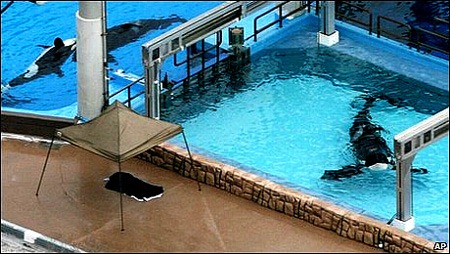 The Whale Who Took Down SeaWorld
The Whale Who Took Down SeaWorld
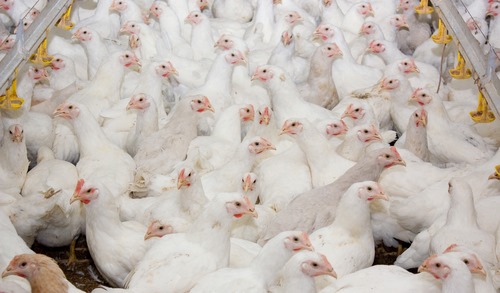 Egg Industry Concession Is No ‘Victory’
Egg Industry Concession Is No ‘Victory’
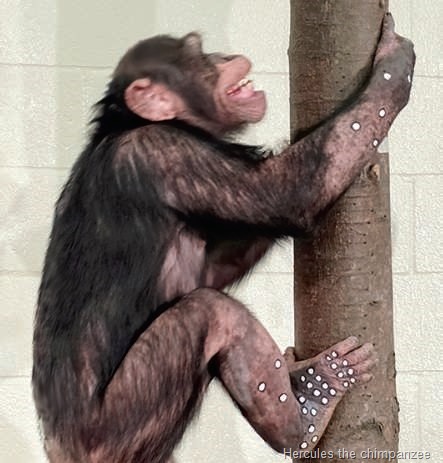 For Chimps, the End of Vivisection, Almost
For Chimps, the End of Vivisection, Almost
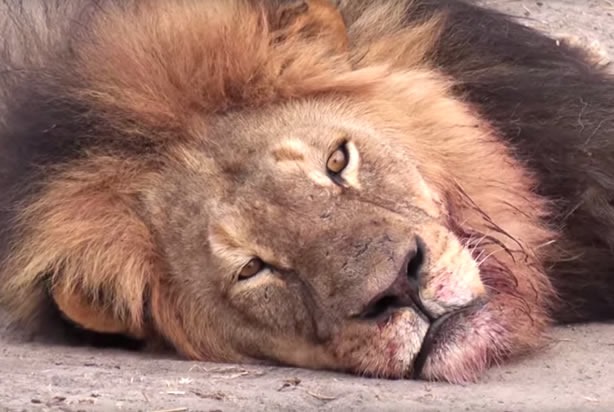 Cecil Is the Least of It
Cecil Is the Least of It
Deer are shot and left to die, baby bears left for nature to “take its course.” The horror stories from Marineland at Niagara Falls keep tumbling…
(Sixth in the series.) When she was two years old, a lonely orphan beluga began making friends with fishermen and tourists in Chedabucto Bay, Nova Scotia. But as she became habituated to humans and boats, she was injured several times by propellers. And instead of learning to be part of a beluga family, she was learning to sound like a propeller and to mimic the human children who were calling out to her.

They were among the great heroes of 9/11 – the dogs and their people who searched the wreckage, risking their own lives to save the lives of others. Many of them, human and canine became sick in the months and years that followed, from breathing in toxic dust and fumes that poisoned the air at Ground Zero. Today, most of the dogs have passed on. But they will not be forgotten.
(Fifth in our series about beluga whales in captivity.) They’re cute, charming, chatty, curious and all-round delightful. And that’s their problem – it makes them prime targets of the captivity industry that can make money by putting them on show. Dr. Lori Marino is a neuroscientist who specializes in the cognitive abilities of whales and dolphins, elephants, primates and other animals. We asked her about the brains and smarts of belugas.
Do birds of a feather hold their own version of a funeral service? Or when scrub-jays gather round one of their own who has died, with…
(Fourth in a series on belugas in captivity.) Samantha Berg worked with the belugas at SeaWorld in the 1990s. Today, she is an outspoken critic of the captivity industry and a frequent expert guest on radio and TV shows. We talked with her about what it’s like for belugas in captivity, about their life in the wild, and about her time at SeaWorld with Shadow, Spooky, A.J. and Bandit. (While belugas in the wild can live well into their sixties, all four of the ones she knew at SeaWorld have since died.)
(Third in a series on belugas in captivity.) One day in 1861, 11-year-old Sarah Putnam wrote in her diary: “I went again to the Aquarial Gardens and there we saw the Whale being driven by a girl. She was in a boat and the Whale was fastened to the boat by a pair of reigns and a collar, which was fastened round his neck. The men had to chase him before they could put on the collar.” What Sarah had seen that day was one of the first beluga whales to be captured and put on display in the United States.
(Second in a series on belugas in captivity.) Tales of belugas stretch back thousands of years. A 6,000-year-old rock carving in northwest Russia shows a woman, perhaps a shaman, communicating with a beluga whale. A Medieval Christian legend tells of a white horse being resurrected as a beluga. But today, many scientists believe that belugas may be our best hope when it comes to trying to establish language-based communication with other animals.
Jeffrey Gettleman of the New York Times begins a series of reports on the war between elephant poachers and wildlife authorities in the Democratic Republic of…
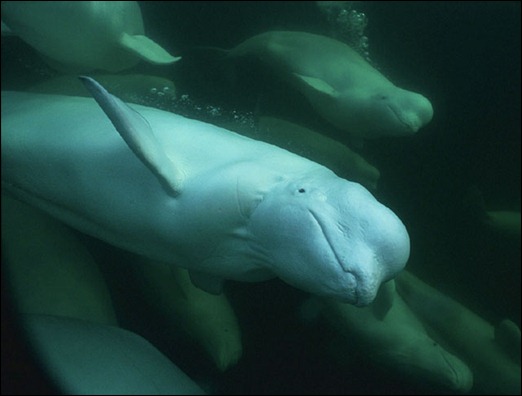
The captivity industry’s assault on the world’s cutest whales The Georgia Aquarium has applied for a permit to import 18 beluga whales from Russia into the…
The latest version of the old “dolphin assisted therapy” scam has pregnant mothers going to a resort in Peru where two captive dolphins supposedly make their…
There’s only one fitting conclusion to the investigations currently being conducted into the shocking conditions at the Canadian marine zoo Marineland, following the revelations by the…
A week of shocking revelations about conditions at Canada’s busiest marine park culminated in the largest-ever protest outside the gates of this zoo/circus. About 500 people…
“The seal was writhing in pain … blood coming from his eye … The dolphin’s skin was flaking off … The water had gotten so bad…
Perhaps they considered themselves frequent flyers. At Pittsburgh International Airport, a swarm of honeybees settled on the engine of a Delta commuter plane. Because of the…
It’s been something of a feud between cat people and bird people: the question of how much damage our cats are doing to the bird population.…
Fed up with the silly rituals of the Skull & Bones at Yale? Had enough of the Ivy Club at Princeton and the pricey clothes and…
Since the day six-ton orca Tilikum dragged his trainer, Dawn Brancheau, into the pool, savaged her and killed her, SeaWorld has kept all trainers out of…
A population of dolphins that split into two societies in Moreton Bay, Australia, in the 1990s has come back together. Dolphins are known to engage in…
Science leaders have reached a critical consensus: Humans are not the only conscious beings; other animals, specifically mammals and birds, are indeed conscious, too. The official decision was reached in late night discussions two weeks ago during the prestigious annual Francis Crick Memorial Conference.